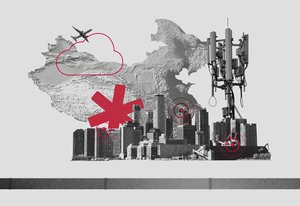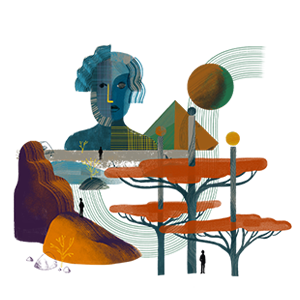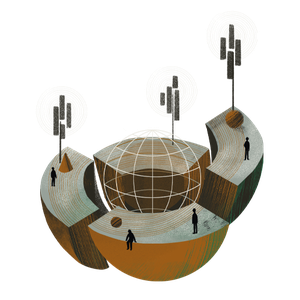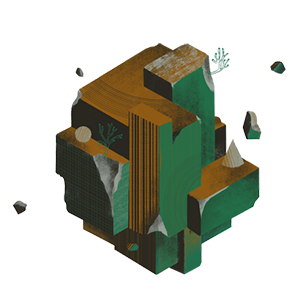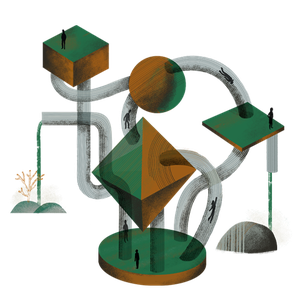When discussing platform governance, much of the focus is on the content moderation and data policies to address mis- and disinformation, hate speech and violent extremism. The servers and networking and interoperability standards, such as domain names, operate within regional and domestic jurisdictions. So, while the content and data may seem to flow across borders, the supporting internet infrastructure becomes an important area for regulators to consider, both as a target of disinformation and as a tool for upholding domestic laws regarding online free speech and safety.
In their essay, Samantha Bradshaw and Laura DeNardis look at the role of internet-connected devices (the Internet of Things), such as smart home devices, that could be weaponized by hackers to erode trust and further spread mis- and disinformation online. They outline the importance of maintaining trust in the infrastructure layer.


